When it comes to protein powder, few brands can do it as well as none other than Myprotein, who has countless types of protein offerings. Over the past year, we've documented many supplements in their Pro Range, which offers advanced formulas that go a bit beyond the typical.
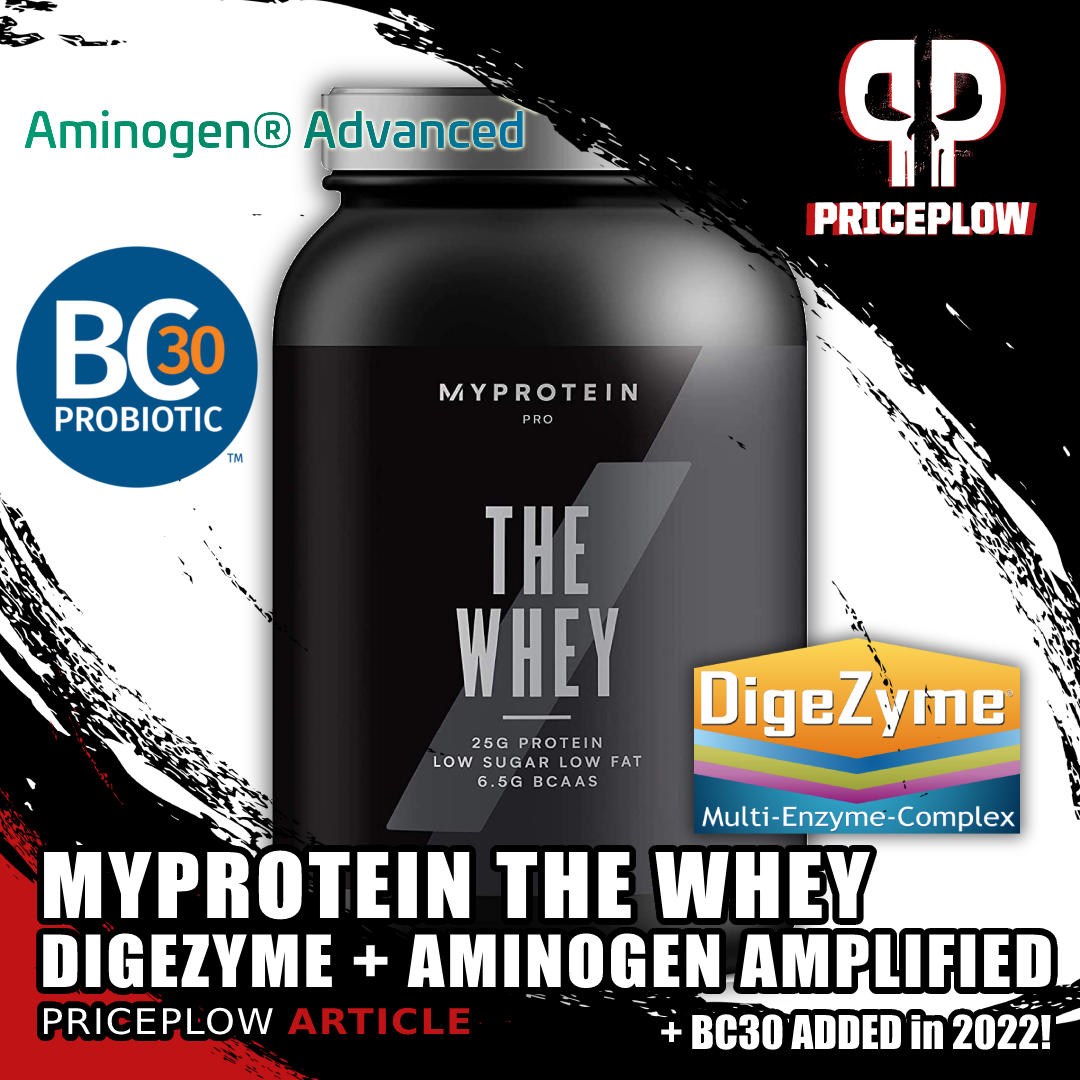
As part of its Pro Range with enhanced supplements, Myprotein The Whey is boosted by Aminogen, Digezyme, and BC30 for better protein absorption. This article was updated in 2022 with the addition of BC30.
Today, we're back with Myprotein THE Whey, a protein blend (still led by whey protein isolate) which many will consider even better if they can handle the whey concentrate inside.
Myprotein THE Whey: Featuring Aminogen and Digezyme
THE Whey adds two different sets of digestive enzymes - Aminogen, a patented protease shown to improve amino acid absorption in clinical research, and Digezyme, a trademarked enzyme blend to improve overall digestion. They both have protease inside, which is great to see, helping you get the most out of your protein blend and possibly even improving recovery times.
Then, in early 2022, this product (and this article) have been updated because Myprotein also added BC30, a trademarked probiotic. This is an advanced protein powder, and as you'll see in the video below, the flavors are phenomenal.
The science and studies are below, but first check out PricePlow's coupon-powered prices so you can see where to get it:
Myprotein THE Whey – Deals and Price Drop Alerts
Get Price Alerts
No spam, no scams.
Disclosure: PricePlow relies on pricing from stores with which we have a business relationship. We work hard to keep pricing current, but you may find a better offer.
Posts are sponsored in part by the retailers and/or brands listed on this page.
This area is reserved for Team PricePlow's upcoming Product Review video.
Subscribe to our channel and sign up for notifications so you catch it when it goes live!
Myprotein The Whey Nutrition Facts / Macros
The Whey sports a very clean macro profile in a 32 gram scoop:
-
Calories: 120
-
Protein: 25g
-
Carbohydrates: 2g
-
Sugar: 0g
-
-
Fat: 1.5g
This is mainly due to its protein blend, which is led by whey protein isolate, discussed below.
Using a powder like this to tilt your macros towards a high-protein intake can b ein credibly beneficial, since high-protein diets are the first key to improving body composition and strength, as well as overall health in general.[1-5]
Myprotein The Whey Ingredients
-
Whey Protein Blend
The Whey has a protein blend consisting of whey protein isolate, whey protein concentrate, and whey protein hydrolysate. Whey protein is separated and processed from cow's milk, and numerous research trials have demonstrated its ability to improve body composition and strength in men and women when combined with a good exercise program and nutrient-dense, high-protein diet.[6-9]
Whey protein has a best-in-class amino acid profile.[10] Part of the great success it had in the studies above is that it's high in branched chain amino acids (BCAAs), especially leucine, the key amino that initiates muscle protein synthesis (muscle building) by activating mTOR.[11-13]
-
Whey protein isolate
We're not sure of the exact ratios in this blend, but given that whey protein isolate comes first, it has greater than or equal dosing of whey protein concentrate. Whey protein isolate is 90% protein by weight, having filtered out most of the sugar, fat, and other impurities.[14] It's often written as WPI or WPI-90, and has great bioavailability, high digestibility and utilization, and an incredible 1.0 Protein Digestibility Corrected Amino Acid Score (PDCAAS).[15]
With whey protein isolate leading the blend, we can get a solid macro profile like we have in The Whey, and a reasonably low amount of lactose, since it won't provide much (but the next ingredient will have some). We'll get into the digestive enzymes to help with lactose breakdown later.
-
Whey protein concentrate
Whey protein concentrate is slightly less processed than whey protein isolate - it's undergone some filtration and purification to standardize for anywhere from 34-80% protein by weight (in this case, we're not sure how much, but are assuming we're on the upper end given the product's macros).
Myprotein Impact Whey has less added digestive enzymes, but the cereal flavors are insane!
The benefits of less filtration/processing are that we have more active components such as immunoglobulins, lactoglobulins, and lactoferrin,[16,17] which are incredibly healthy for the immune system.
-
Whey protein hydrolysate
We've discussed hydrolyzed whey protein numerous times here thanks to our various Myprotein Clear Whey Isolate articles, which is solely based upon this type of protein. With whey protein hydrolysate, you get a whey protein that's already been broken down into smaller amino acid chains using enzymes.
This makes this portion of the blend extremely easy and fast to digest,[18] getting the essential amino acids into your bloodstream fastest. This leads to an even faster insulin response[19] and glycogen reload,[20] helping athletes to recover faster.[21] This is critically important to athletes who hit it hard or need to train twice daily.
So with this blend, you get some extra speed and nutrition, but the macro profile is also very clean.
-
-
Aminogen (Proteases)
Myprotein changes the game here with two sets of digestive enzymes. The first here is a set of proteases named Aminogen, which is a patented proteolytic enzyme formula from food grade Aspergillus niger and Aspergillus oryzae.[22] Proteases assist with protein breakdown, and can greatly improve our digestive absorption and efficiency.
Aminogen has two studies behind it:
-
Published in 2008 in the Journal of the International Society of Sports Nutrition, the first study demonstrated that 2.5 grams of Aminogen could improve the rate of amino acid absorption from whey protein consumption (as shown by significantly higher amino acids in the bloodstream, better nitrogen retention, and a significant reduction in C-reactive protein).[23] The study was double-blinded, placebo-controlled, and used 42 healthy young males total.
-
The second study, published in 2013 in Food Digestion, was another double-blinded study to test metabolic safety markers and lipids.[24] Aminogen was well-tolerated by the active group and there were no adverse events, and there were no differences in safety biomarkers between the groups.
Ultimately, Aminogen is here to improve your ability to digest the above protein blend, likely getting more amino acids into the system than you otherwise would have. After all, if you can't absorb it, you can't use it. Aminogen has since received self-affirmed GRAS with the help of the second study.
There's more digestion help on the way, however, where we can dig into even more research on protease that should also apply to Aminogen:
-
-
Digezyme
Aminogen looks great, but it's just one type of digestive enzyme (protease), and we can use help digesting others, such as lactose, fats, carbs, and even plant matter.
Digezyme is a multi-enzyme complex that has "the rest" of the enzymes we can use to improve our overall digestion:
- Lactase - Lactose hydrolyzing enzyme
- Protease - A protein hydrolyzing enzyme
- Lipase - A fat hydrolyzing enzyme
- α-Amylase - A starch-hydrolyzing enzyme
- Cellulase - A cellulose hydrolyzing enzyme
We put these in order of "importance" in The Whey -- not only do we have dual protein-supporting enzymes, but thanks to lactase, we can now get some assistance with the lactose that's in the whey protein concentration portion of our protein blend.
What's cool about proteases is that they've been shown to speed up recovery and limit the amount of damage that the body undergoes from hard exercise,[25,26] further amplifying with the recovery benefits we received from the added whey protein hydrolysate.
Digezyme has also been successfully studied for safety.[27]
-
BC30 (Bacillus coagulans GBI-30 6086)
As if THE WHEY wasn't already good enough, Myprotein added the trademarked BC30 probiotic strain to the formula in early 2022! This is no stranger to their protein powders, since we've also seen it in Myprotein's Diet Protein Blends, The ISO:Whey, and Eddie Hall's The All-in-One, so the brand's quadrupling down with the ingredient here.
This is a unique strain of bacillus coagulans, which is a spore-producing probiotic that's so powerful, it can survive the acidic, low pH environment of the stomach. Researchers have found it to go beyond boosting digestive health, also increasing overall protein absorption and utilization while boosting immune system function.[28-30]
The protein-enhancing effect is likely why Myprotein's using BC30 so much. A study published in 2016 showed that pairing BC30 with 20 grams of protein can help boost recovery and lower muscle damage biomarkers after a strenuous workout.[31] Here, we actually have 25 grams of protein with the added digestive enzymes above, so Myprotein is easily besting that study.
Other Ingredients

Need a carb-loaded post-workout protein? World's Strongest Man Eddie Hall gets his own range at Myprotein, starting with the All-in-One Protein for serious recovery!
The Whey includes natural and artificial flavors, salt, and both sucralose and acesulfame potassium (Ace-K) for sweetening. It's thickened using xanthan gum.
Flavors Available
This is The Whey
As with everything else in Myprotein's Pro Range (such as The Pre Workout Thermo), this is a quality formulation that goes a bit above and beyond what you'll see in "standard" proteins like Myprotein's Impact Whey. Aminogen is the breakthrough ingredient in this formula, and it's a solid one to have with protein.
We're supportive of any digestive enzymes (especially proteases and lactase) added to protein powders, but this one definitely seems special, and has a good track record too. Although we may not be able to get that insane Cereal Milk flavor like we have in Impact Whey, we do have a superior protein blend that's led with isolate first and bolstered by two sets of digestive enzymes.
If you're having any issues digesting protein or getting the most out of yours, then this is The Whey.
Myprotein THE Whey – Deals and Price Drop Alerts
Get Price Alerts
No spam, no scams.
Disclosure: PricePlow relies on pricing from stores with which we have a business relationship. We work hard to keep pricing current, but you may find a better offer.
Posts are sponsored in part by the retailers and/or brands listed on this page.
This article was originally published on October 25, 2021, but updated on March 21, 2022 with the addition of BC30.
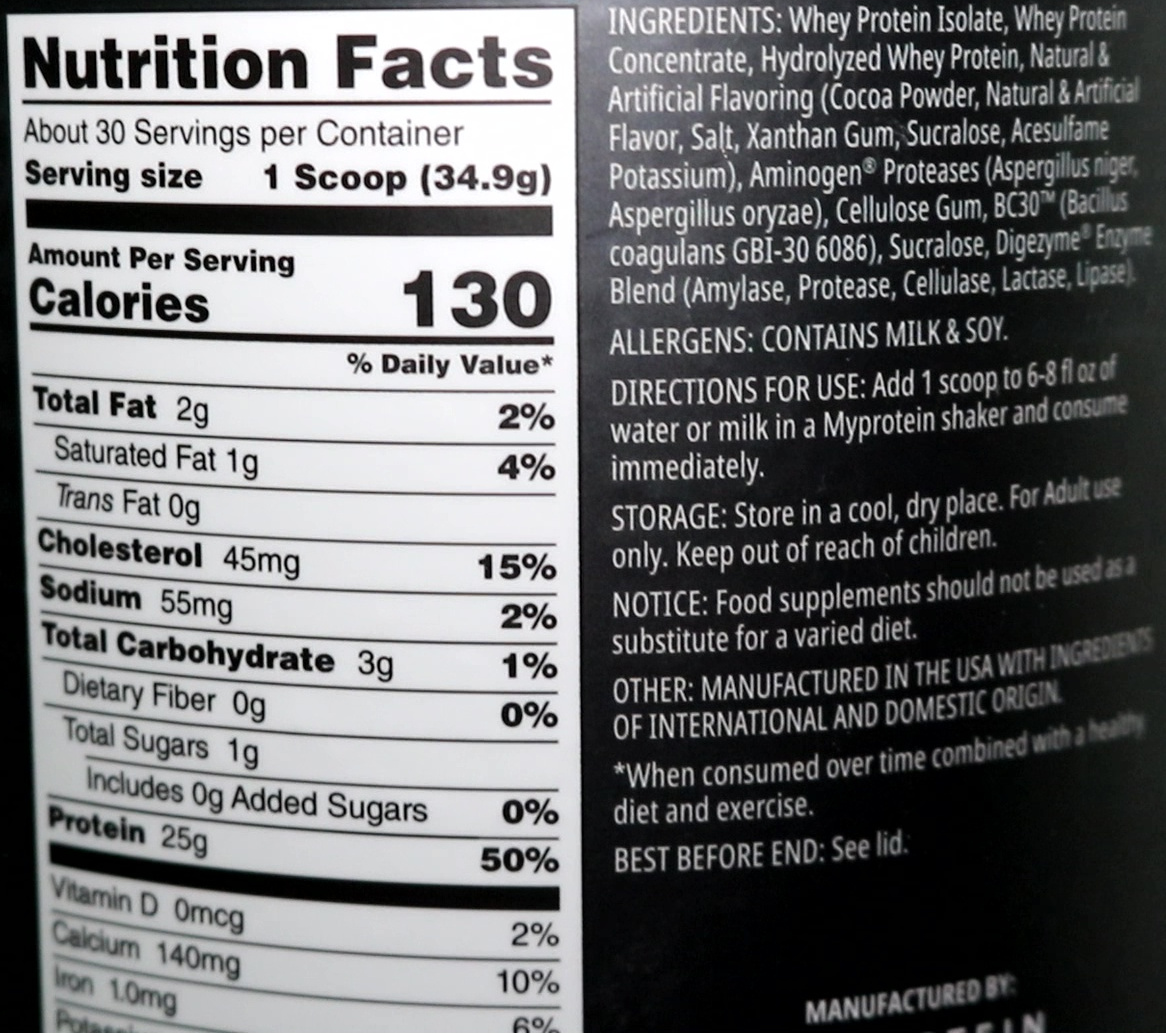
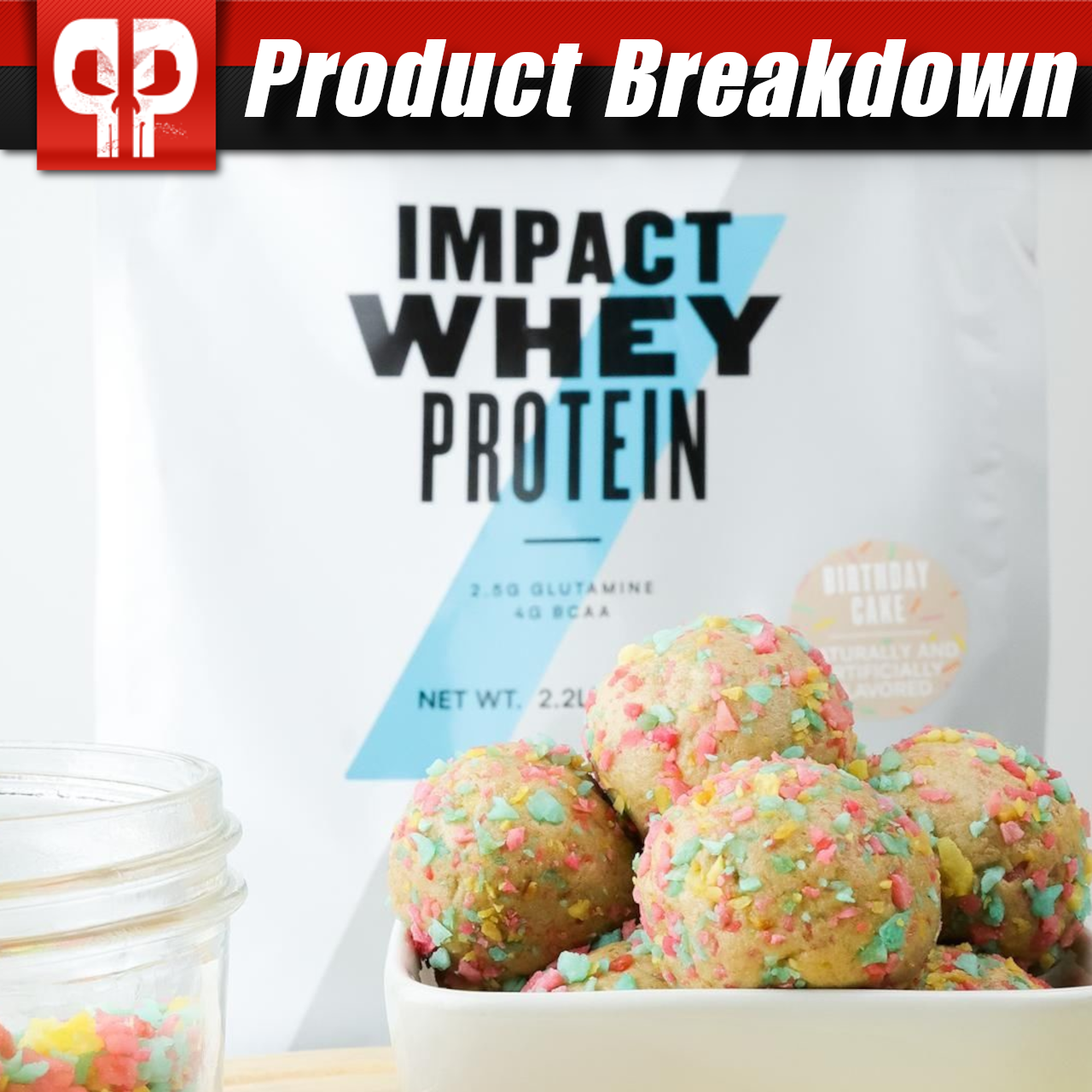
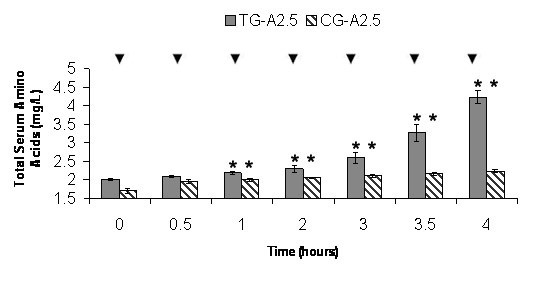
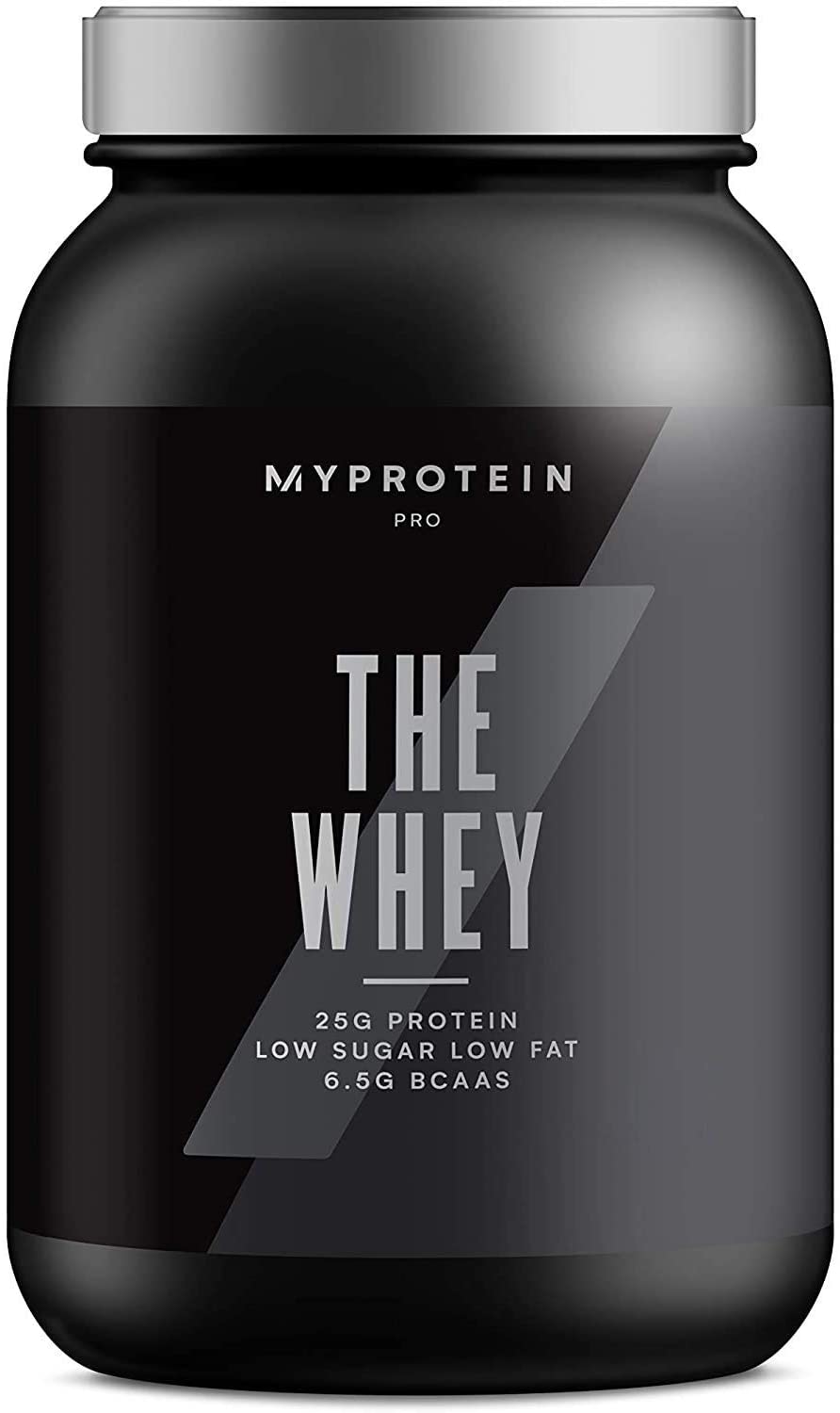
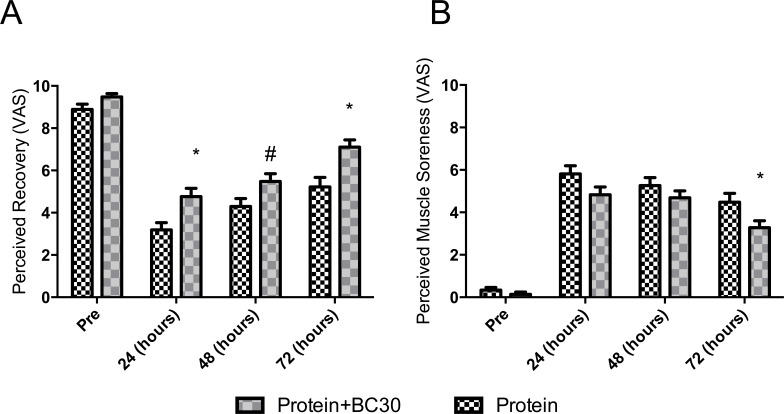
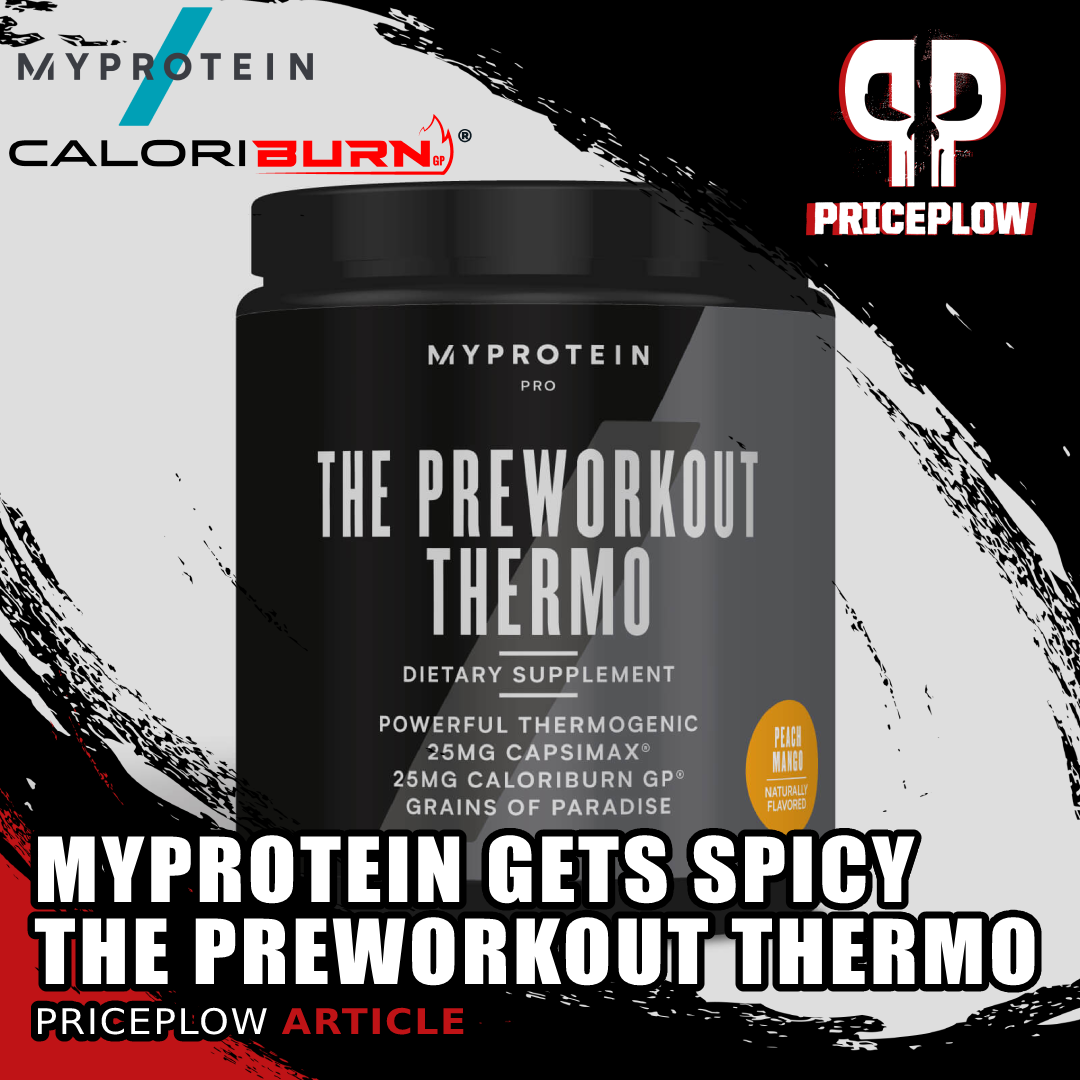


Comments and Discussion (Powered by the PricePlow Forum)